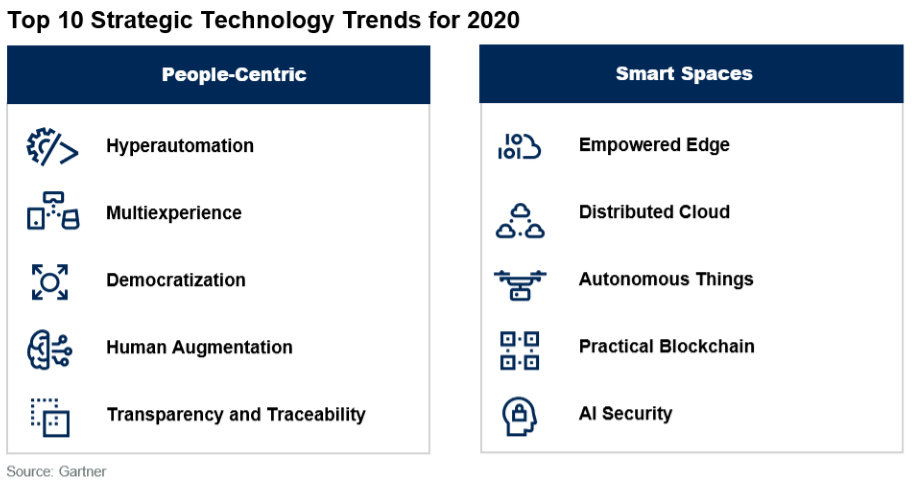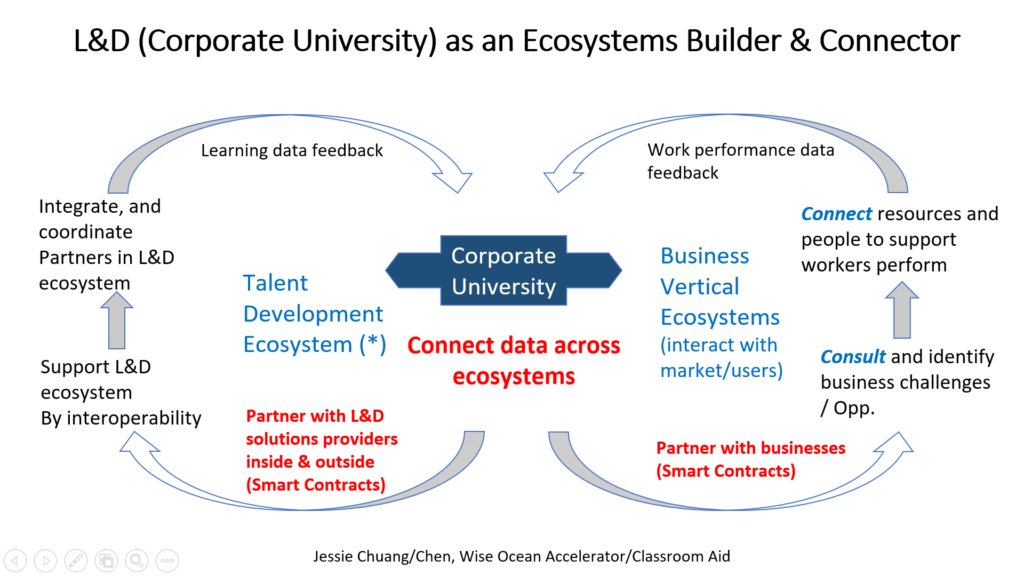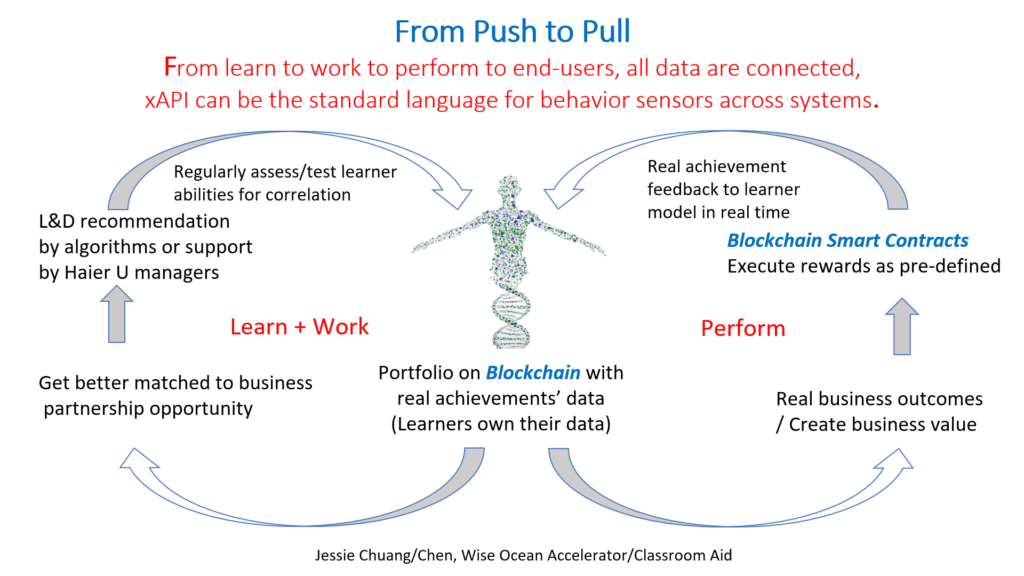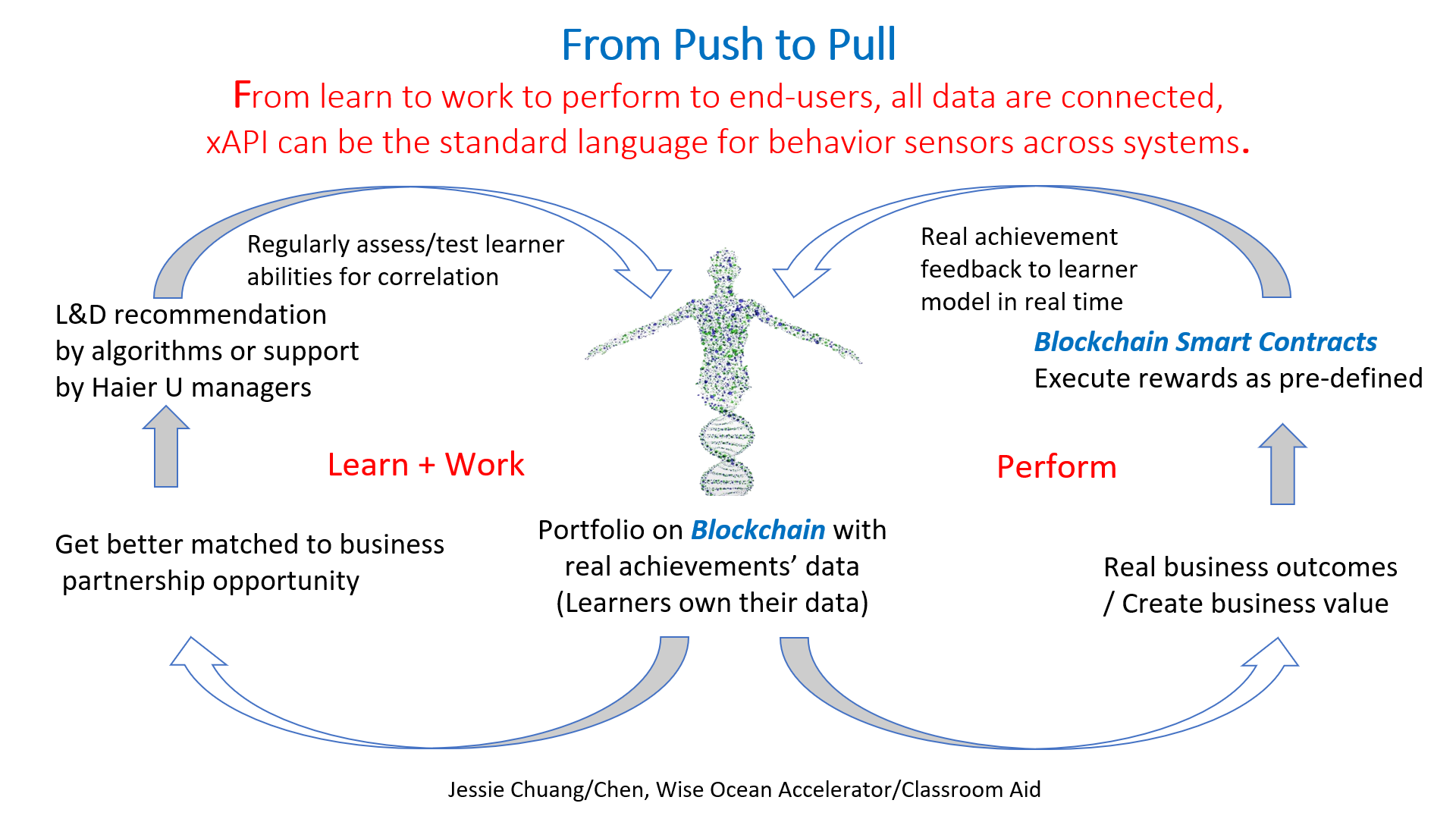Let’s start with the quote from Gartner “Top 10 Strategic Technology Trends for 2020”:
The future will be characterized by smart devices delivering increasingly insightful digital services everywhere. We call this the “intelligent digital mesh.” It can be described as:
The intelligent theme explores how AI — with a particular emphasis on machine learning — is seeping into virtually every existing technology and creating entirely new technology categories. The exploitation of AI will be a major battleground for technology providers through 2022. Using AI for well-scoped and targeted purposes delivers more flexible, insightful and increasingly autonomous systems.
The digital theme focuses on blending the digital and physical worlds to create a natural and immersive digitally enhanced experience. As the amount of data that things produce increases exponentially, compute power shifts to the edge to process stream data and send summary data to central systems. Digital trends, along with opportunities enabled by AI, are driving the next generation of digital business and the creation of digital business ecosystems. In this intelligent digital world, massive amounts of rich and varied data are generated, thus necessitating a greater focus on digital ethics and privacy and on the transparency and traceability that they require.
The mesh theme refers to exploiting connections between an expanding set of people and businesses — as well as devices, content, and services — to deliver digital business outcomes. The mesh demands new capabilities that reduce friction, provide in-depth security and respond to events across these connections.
Intelligent digital mesh has been a consistent theme of Gartner’s strategic technology trends for the past few years, and it will continue as an important underlying force over the next five years. However, this theme focuses on the set of technical characteristics of the trend. It is also important to put the trends in the context of the people and organizations that will be impacted. Rather than building a technology stack and then exploring the potential applications, organizations must consider the business and human context first. We call this “people-centric smart spaces” and this structure is used to organize and evaluate the primary impact of the strategic trends for 2020.
According to this perspective, Gartner has identified the top 10 technology trends.

However, “silos” will be the roadblock to that future. Intelligence comes from data, the basis of AI power is the aggregate of data. And the “mesh” needs exploiting connectivity across boundaries to integrate everything needed for better user experience. The collaboration of people for the integration of technologies without limits is the key.
It’s also true for enterprises going through the digital transformation based on analytics, automation, and AI. From the smart factory to the supply chain to customer needs, the data should be connected and computed to enable agile and responsive management across boundaries. As digital networks and algorithms are woven into the fabric of firms, company divisions and even industries begin to function differently and the lines between them blur.
We envision the L&D department or corporate universities are connectors to support the AI transformation since learning is the connector for employees’ brains and hence actions. There is a need for data connectivity in this new model in order to make sense of how to support people better.

Because of the faster pace of change and the complexity of the VUCA age, a lot of learning is often happening in the work by solving problems and creating values as well as tacit knowledge. Australia Swinburne University Centre for the New Workforce argues that “learning-integrated work” is the model for the future workforce with the augmentation of technologies. (‘Peak Human Potential – Preparing Australia’s workforce for the digital future’) Analytics, automation, AI, wearables are among those technologies that build up “Augmented Intelligence” for workers. The old “learning-then-work” model can only serve the bottom layer of this pyramid below.

Content isn’t the most critical asset in this new model, the desired skills and competencies are. The traditional competency modeling method might be too slow to respond. Extracting knowledge, behaviors, and workflows from high performers, and leverage data feedback directly from business outcomes to adjust the old competency model will be more agile. Naturally, connecting that data and patterns from high performers with other workers will be desired.

As everything is more connected in the industry 4.0 age, how businesses are led, organized and resourced and how decisions are made might be shifted in order to respond faster to the environment — it will be more data-driven if insights can be unlocked from the connected data across the boundaries of departments in enterprises or even outside. More insights between learning and business outcomes can support workers to develop themselves better as well as own the learning (learning shifts from push to pull).
